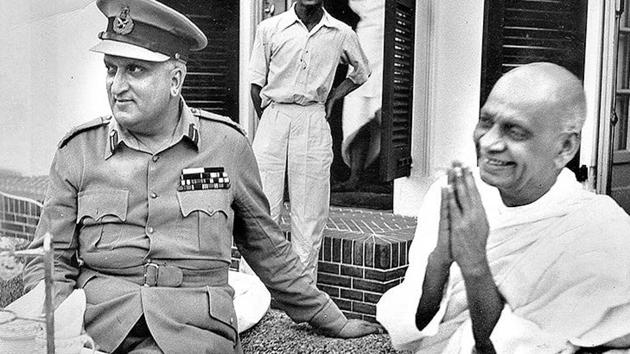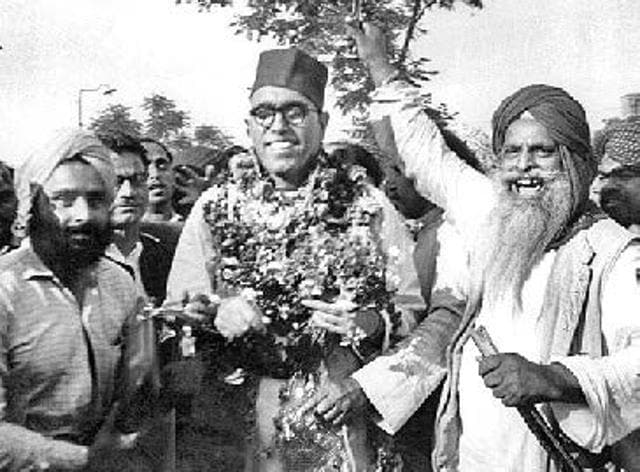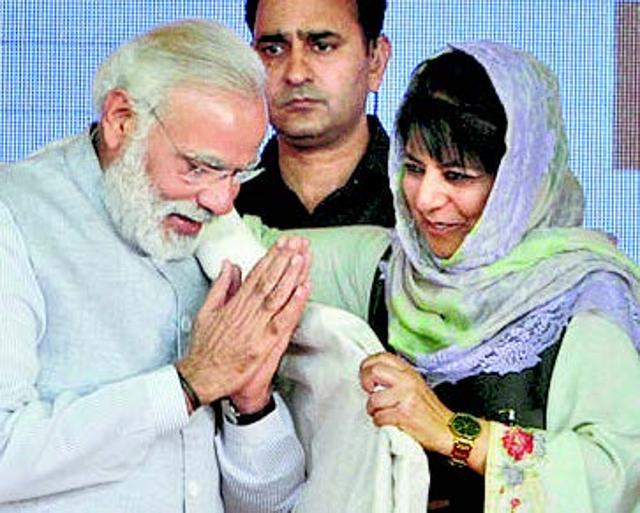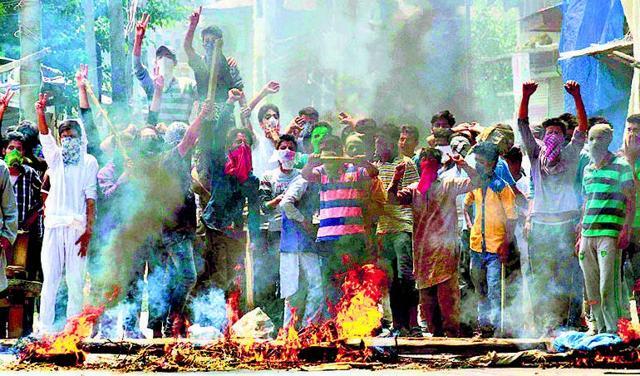Article 370: Going back 72 years in history
Article 370 was incorporated in the Indian Constitution in 1949, exempting the state of Jammu and Kashmir from the Constitution of India.
On a day special status for Jammu & Kashmir ended, a look at the political and social developments through the past seven decades

1947:
British rule in India ends after Partition. Jammu and Kashmir ruler Hari Singh signs the Instrument of Accession of J&K following an attack by a Pakistani army of soldiers and tribesmen that triggers an armed conflict between India and Pakistan
1948:
The war ends with a UN-ordered ceasefire and resolution seeking a plebiscite for the people of Jammu and Kashmir to decide whether to become part of India or Pakistan. It calls on Pakistan to withdraw its troops and a ceasefire comes into force
Article 370 revoked I Analysis I How Modi, Shah and Doval orchestrated move
1949:
Article 370 is incorporated in the Indian Constitution, exempting the state of Jammu and Kashmir from the Constitution of India. This cements the terms spelt out in the Instrument of Accession

1951:
Elections for the constituent assembly of the state are held. India says a referendum is not needed. Sheikh Abdullah is appointed Prime Minister of Jammu and Kashmir but is later dismissed in 1953 and imprisoned
1952:
Discussions culminate in the 1952 Delhi Agreement, a presidential order that extends Indian citizenship to residents of the state but leaves the maharaja’s privileges for residents intact
Also read: Decoding Centre’s J-K move on Article 370 in 9 steps
1957:
Constitution of J&K is adopted and comes into force
1965:
India and Pakistan fight their second war over Kashmir. Fighting ends after the UN calls for a ceasefire
1989:
With Soviet occupation of Afghanistan, weapons make their way into Kashmir and Pakistan’s backing leads to the rise of militancy in the state. Thousands are killed and unrest leads to an exodus of Kashmiri Pandits
Also read: Jammu and Kashmir divided into two UTs. Here’s what it means
1999:
India and Pakistan wage conflict in Kargil on the Line of Control after army identifies infiltrators
2010:
About 120 people are killed after major protests erupt in parts of Kashmir over the death of a 17-year-old in police firing

2015:
PDP joins hands with BJP to form state government
2016:
Death of Hizbul Mujahideen commander Burhan Wani triggers deadly protests, claiming at least 65 lives and injuring thousands

2018:
Jammu and Kashmir put under Governor’s rule in June after BJP pull out from the coalition with PDP. Six months later, President’s Rule is imposed and it is extended till December 2019
Also read: Govt move on J&K special status may face legal hurdles






